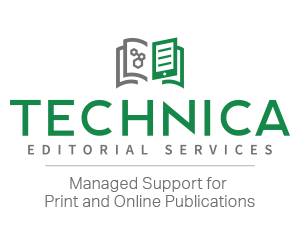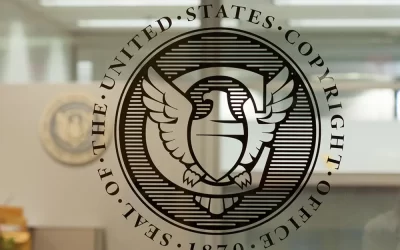The September 8, 2017 meeting of the ISMTE local group featured four presenters who were all attendees of the recent ISMTE North America Conference in Denver, Colorado. Each of the four touched on different issues brought up during the conference’s panel discussions.
Jodi Harrell of Research Square was the first speaker and began by discussing certain best practices issues for examining journal trends. The main theme of her speech is that companies shouldn’t panic when looking at submission volume and should first look at seasonality of journals. Also, when examining a journal’s submission volume, drill down deeper and examine trends in the types of manuscripts being submitted. In addition, she noted that journals and editing services should always try and adapt by using new technologies when possible.
Ben Mudrak, also of Research Square, followed Jodi by highlighting issues with the increasing number of predatory journals. More and more predatory journals are now using the names of real reputable journals but creating scam URLs. These journals are also using the names of reputable editors and editorial boards from real scholarly journals to make their “credentials” look more realistic. Journals have been working recently to try and create better controls for predatory journals with discussion of creating a whitelist or a blacklist to differentiate between reputable journals and scams but both of these approaches are problematic. A blacklist can lead to accusations of favoritism while composing a whitelist would likely be far too time-consuming. The best way for your journal to avoid being considered a predatory publisher is to make sure that your impact factor is sourced for verification and that you provide contact information verification for members of your editorial board. Collaboration between journals, authors, editors, and reviewers is key to cutting down on these publishers.
J&J Editorial’s Colin Trumbull took on the topic of two increasingly popular tools to help minimize the work struggles of journal office assistants: Google Drive and Textexpander. Google Drive has been around for quite some time but is becoming more and more popular for collaborative work. The drive provides support for multiple simultaneous users, can be used on just about any device, enables file sharing without having to sign up for an account, and is compatible with most major file types. As a bonus, Google offers a free online office suite comparable to Microsoft Office and Google Drive is able to sync across multiple devices. I personally was not familiar with Textexpander before the meeting but am interested in learning more now. Textexpander is a program that allows users to program special keyword phrases to expand into frequently-used text with customization. The program can integrate across all platforms from e-mails to Microsoft Word and can help to cut down on repetitive copying and pasting of canned responses. The service also allows users to create numerous snippets for expansion with the ability to customize fonts within. However, unlike Google Drive, Textexpander does have a monthly cost associated with it and most who use it admit that there is a bit of a learning curve with its macros.
Technica’s own Ashlie Carlson was the meeting’s final speaker. She recapped the copyright boot camp presented at the ISMTE conference. She focused mainly on “fair use” and journal publishing agreements. Fair use is an affirmative defense for copyright infringement and deals mostly with the issue of how an idea is expressed in a manuscript. Ashlie also points out that it’s not just about the amount of material used but the substantiality of the portion of a manuscript used. (We will discuss the issue of fair use a bit more in a later podcast.) Journal publishing agreements were also a major talking point as there are no set guidelines for developing these agreements. There are significant differences between the journal publishing agreements for trade publications and scholarly journals with many trade publishing agreements giving some rights to authors while scholarly journal agreements usually give the publisher complete control over copyright. The ISMTE panel concluded that diverse teams should work together to help draft the publishing agreement in order to ensure that it is logically ordered with appropriate details and clear expectations.
The local chapter of ISMTE will meet again on October 20 at Research Square in downtown Durham, North Carolina.




